I’m feeling saddened, as I have just sold my old faithful 100-400mm L lens, alongside my 24-105mm F4 lens to pay for a 24-70mm F2.8 L lens. On the evening of the day before I sold them, I got the two lenses out of my gear cabinet, and took the protector filters off, and gave them a bit of a blow, to remove the few specs of dust on there. Although I didn’t really get that attached to my 24-105mm F4 lens, I was really saddened at the thought of saying goodbye to my 100-400mm. Today I’m going to reflect on this lens a little, because as you’ll hear, it really changed my photography. You’ll probably think I’m just a big softy as I get into this, but you’d be right, so I won’t make any excuses.
I was really attached to my 100-400mm. I bought it exactly 5 years ago, in July 2003, and it was my first white lens. It was only my second L lens, with the 17-35mm F2.8 L lens being my first. (Jees, have I pumped some money into Canon since then!) My only other lens at the time was a Canon EF 28-135mm F3.5-5.6 IS, standard zoom. Although there have been a few quantum leaps since as well, the 100-400mm lens was probably the lens that changed my photography more than any other. Until I bought this lens I’d been struggling to find my genre. I didn’t really know what I wanted to shoot. I’d always been interested in Nature and shot Landscapes when I could and had grabbed the odd bird shot, but I couldn’t get out to locations with truly beautifully scenery or real wildlife here in Japan. I was shooting around town and trying my hand at lots of stuff, and I’d always thought that Wildlife and Nature photography was more of an elitist type of photography, and that I would never have the equipment or mobility to really focus on it. The 100-400mm changed all that though. I bought it for my first trip to Hokkaido in August 2003. This trip itself was another pivotal point in my photographic life, as I started shooting nature shots that I never thought possible until then. Today we’re going to take a look at a few images that really stand out in my memory of this lens, kind of as a tribute to it, as it passes into the hands of another.
On that first trip, literally the morning after we arrived there, we got up before sun-up and made our way out to the Kushiro Marshlands. There was a wooden plank way, a kind of board walk I guess, that takes you into the marshes, and we were heading towards that, when we came across a deer with her fawn. I shot the fawn at 275mm with the 100-400mm lens, and we can see that photo in my online gallery and in the Enhanced Podcast if you are listening in iTunes or on an iPod. Let’s take a look at image number 156, in which we can see the fawn. If you are listening while looking at my photos on the Web site, you can type this number into the field where it says “Go To Photo” under the Podcast menu, or go to the Podcasts page and locate this episode in the list. There are thumbnails to each photo we’ll talk about there. Now, this photo is not great. It isn’t as sharp as I’d have liked, but still, this image changed me. I recall the excitement as I crept forward a little more, hoping not to scare the fawn away. I crouched down to eye level, partly again trying not to scare the animal, but also to get a better angle on the subject, instead of looking down on it. The next few steps did indeed scare the fawn off, but I’d got a shot or two that I could work with. I was hoping for shots like this when I bought the 100-400mm lens, but it was so exciting to actually be out there at 5:30AM, in the cold misty morning, shooting nature photographs.
At the time, my portable storage had no image viewer, and I didn’t have enough cards to store the whole week’s images, so I could only check the image on the LCD of my 10D for that day. It would be a week before I’d really see if this was a good shot or not, and as I say, it was not as sharp as I’d hoped, but a week later I was so happy that I’d got this shot. It was all just such an exciting time in so many ways.
The following year, in February of 2004, I took the lens back to Hokkaido, this time in the thick of winter, which was again, a first for my photography. I was on a Photography Tour with Japanese Photography Yoshiaki Kobayashi, who I’ve mentioned a number of times over the years. Of course, I’d used the 100-400mm in the six months between the last shot and the next, but image number 267, from this second visit to Hokkaido was another memorable image in my photographic evolution. I’d captured three Steller’s Sea Eagles sitting on the ice floe just looked so comical. Like three old guys complaining talking about someone as they watch them in the distance. Strangely, looking back at the EXIF data, this shot was also made at 275mm, which seems to be a nice focal length for this lens. I can also see from this shot that although I’d thought to up the ISO to 400, I was shooting hand-held at 1/30th of a second here, so I was relying pretty heavily on the lens’ image stabilization system.
During a visit to Florida in March of 2004, I shot image number 350, which is another very memorable shot with this lens for me. I was on an one day eco safari into the Everglades, and was shooting from a converted school bus with no windows as this big alligator charged the bus. I had never realized until this point that alligators can actually stand up on all fours, and run pretty fast, looking more like a large nasty dog than an alligator, with their legs pointing almost straight down, instead of out to the sides, with their belly in contact with the ground. I remember tracking this guy as he got closer, and then filling the frame with his eye as he stopped his charge and looked up at us, as if to say “so that wasn’t scary enough for you!?”.
In the September of 2004 I shot image number 465. I called this shot “Gear Down – Approaching Runway…”. It always seems to me as though this butterfly was literally approaching a runway, maybe that orange cosmos flower, looking much like a big jumbo jet, as he entered the depth of field of the 100-400mm lens. This again was an amazing shot for me at the time, and still is in many respects. The face and front legs of the butterfly are the only parts of it that are in focus, and the wings are blurred through both motion and the fact that they are outside of the depth-of-field, which I found pretty cool. This was just such a difficult shot to pull off though, and I’d be lying if I said that I planned this. I’d just been shooting these butterflies as they flew around the cosmos flower patch, and although I’d been tracking in with this guy, the way it turned out was as much luck as it was judgment.
On the second of January in 2005, I shot image number 566. This hawk had just been fed some meat at a falconry display in a park here in Tokyo, and I got close enough with the 100-400mm to fill the frame with his head and shoulders for this wonderful portrait. I was shooting with the 20D now, with all the previous shots made with the 10D. I was at ISO 200 for this shot with the shutter speed set to 1/1250 of a second. This is actually as sharp as tacks, even though I was shooting at full stretch with the lens set to 400mm. This happened every so often, and following some resent tests to see if this lens really was soft at the extremes, I think that most of the bad press that this lens gets, including some of my own from time to time, may more from bad stabilization techniques than it is from the lens itself. It was always hit and miss though, so I also wonder if there were some loose elements inside, which made the lens soft for some shots, and sharp for others. I never really could figure it out, and although I’m confident of my own stabilization and holding techniques, the results with this lens were always unpredictable, which is one of the reasons it kind of fell out of favor. Still, I don’t want to bad mouth it too much today, because I’m still a little sad about its passing from my hands to another’s.
In March 2005, I shot the image that I spoke about in the very first episode of this Podcast, which is image number 595. Another incredibly sharp image, despite being shot at 400mm, in which we again get in nice and close to the head and part of the wings of a flamingo in the Ueno Zoo here in Tokyo. These are just a few of the nature photos that stick out in my mind over the first few years of owning this lens. Although this last one was shot in a zoo, still, as you’ll have seen, this lens enabled me to really start shooting nature, in ways that had simply not been possible to me until this time.
The lens was not only used for wildlife though. Some of you will remember image number 827, which I shot at sunset having almost lost hope that the sun or Mount Fuji would show themselves of this day, and yet I was presented with one of the most spectacular scenes I’ve ever witnessed in my life. This was shot at 135mm, so I would definitely have used the 70-200mm if I owned it at this time, but as I didn’t, the 100-400mm was used for this sort of work as well for quite some time.It also isn’t just about birds either. I have a wonderfully crisp memory of time I shot image number 927. I was just sitting in the cold snow, with the 100-400mm, watching this young mail deer just a few feet in front of me, again in Hokkaido, this time in February 2006. I can almost smell the cold and wood of the trees as I recall this precious though relatively short time while I snapped off a few frames of this deer in the snow. All great memories and none of the shots we have looked at so far would have been possible without the 100-400mm. You are probably asking yourself why I sold the lens if I have so many fond memories of using it. Here’s the thing though. From this lenses perspective, I made the fatal mistake of buying a 70-200mm F2.8 lens, in July of 2006, five months after this Hokkaido trip. From that point on, the 100-400mm lenses days were numbered. The 70-200mm F2.8 lens was probably responsible for changing the quality of my Nature and Landscape photography to almost as large a degree as the 100-400mm did for changing the direction of my photography, but that’s a different story. The problem now was that as much as I loved the 100-400mm lens, I rarely took it out for the two years following my buying the 70-200mm F2.8 lens, to the present day.
The last time I used the 100-400mm was in my December 2006 trip to Hokkaido. Although I now owned the 70-200mm, the versatility of the 100-400mm cannot be denied. Being able to just push that lens barrel forward and with a suck of air go from 100-400mm in a fraction of a second will always be something that I’ll miss. I have shot so many shots of the Japanese Red-Crowned Cranes with this lens that I really cannot choose a favorite, so I thought we’d look at one last shot from this lens, from the last day that I really used it, which is image number 1288. On the last day of my December 2006 trip to Hokkaido the weather cleared, and I got a number of nice shots of the cranes just flying across a beautiful clear blue sky. This is a shot from that batch. I shot this at 200mm, but really, the beauty of this lens is being able to just swoop through such a long range to grab shots with such a wide range of focal lengths.
Having become so attached to using the 70-200mm F2.8, coupled with the 1.4X extender when necessary, and also now having the 300mm F2.8, another dream lens of mine, which becomes a 420mm F4 lens with the 1.4X extender, I decided not to take the 100-400mm on our January trip to Hokkaido this year. Sure, the new lenses take more messing around, either changing out the lenses or putting on and taking off the Extender, but the image quality is there for all of my shots. That unpredictable softness of the 100-400mm, that you never quite know when it would show up and ruin your shots, made the new combinations so much better, even though I might miss the odd shot through not having the focal length range. The final nail in the coffin for the 100-400mm was that I didn’t really miss it in Hokkaido this year. I literally hadn’t used the lens apart from one week in Hokkaido at the end of 2006, so I just saw no reason to hold on to it any longer.
I thank the 100-400mm for showing me the direction in which I was to take my photography. There have been other quantum leaps, as I develop my style, and explore other possibilities, and I have to say that I still don’t agree with the people that say the equipment is unimportant. Equipment can and has for me, very often opens doors to new areas of photography that would not have been realized without it. I’m not going to get into this today, as there is a whole podcast on that right there. I just wanted today, to recognize how much this lens did for me, and I hope I haven’t bored you in doing so. Call me a big softy, but I was literally very close to tears as I held the lens for the last time having taken off the UV filter, and blown the dust off the front element for the last time. I really hope that the person that picks up my lens from the store I sold it too learns to love it as much as I did.
A little bit sentimental, but I really felt that I owed it to this lens to say something as it passed from my hands to another user. At least we have a second hand market for camera gear. I wouldn’t have liked to let this lens go without knowing that someone else would continue to use it after me. Anyway, that’s it for this week. You have a great week, whatever you’re up to. Bye bye.
Show Notes
Music in this Podcast created and produced by UniqueTracks.
Subscribe in iTunes for Enhanced Podcasts delivered automatically to your computer.
Download this Podcast in MP3 format (Audio Only).
Download this Podcast in Enhanced Podcast M4A format. This requires Apple iTunes or Quicktime to view/listen.

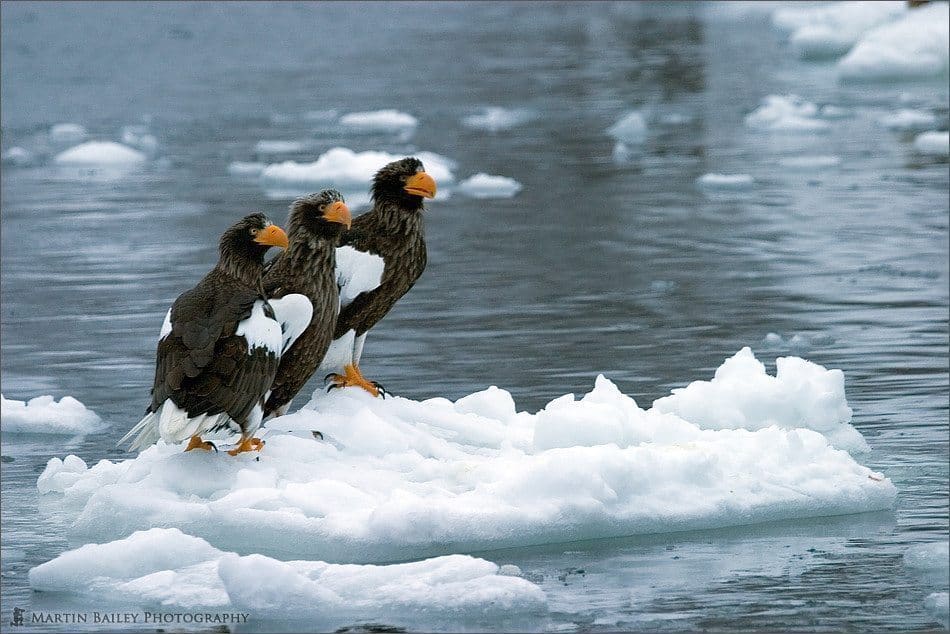
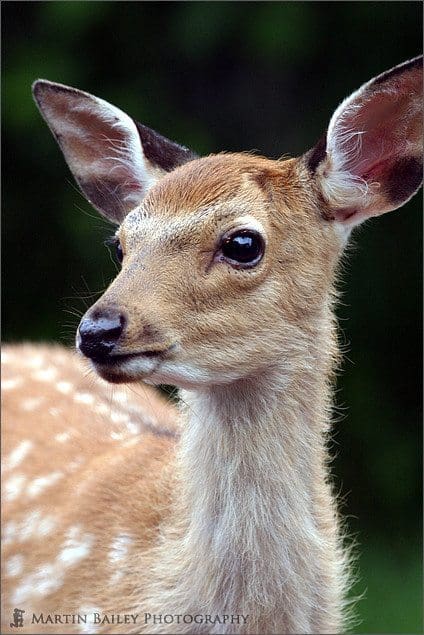
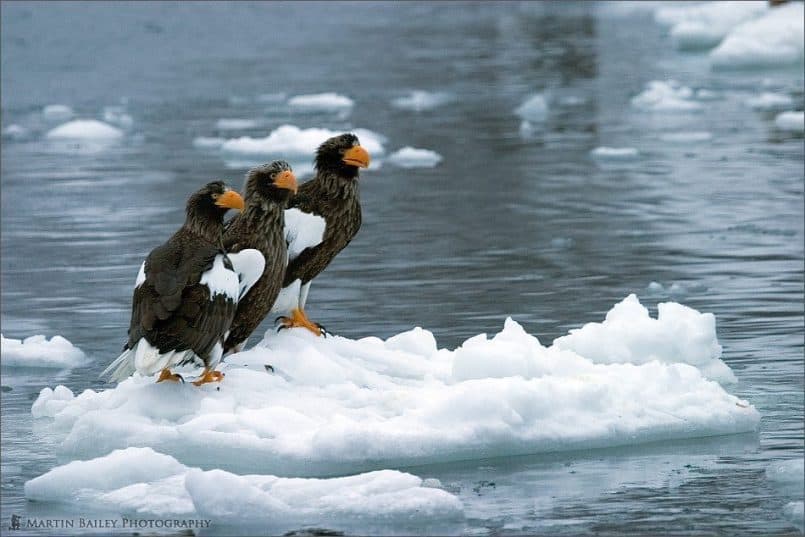
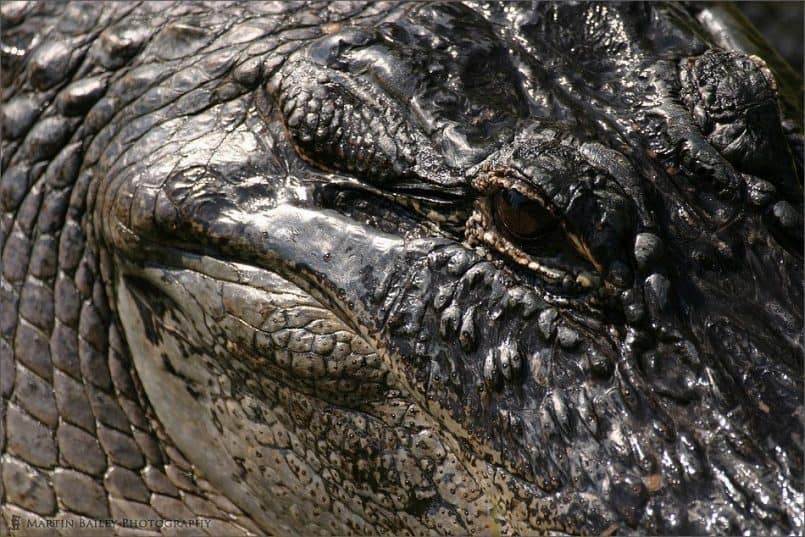

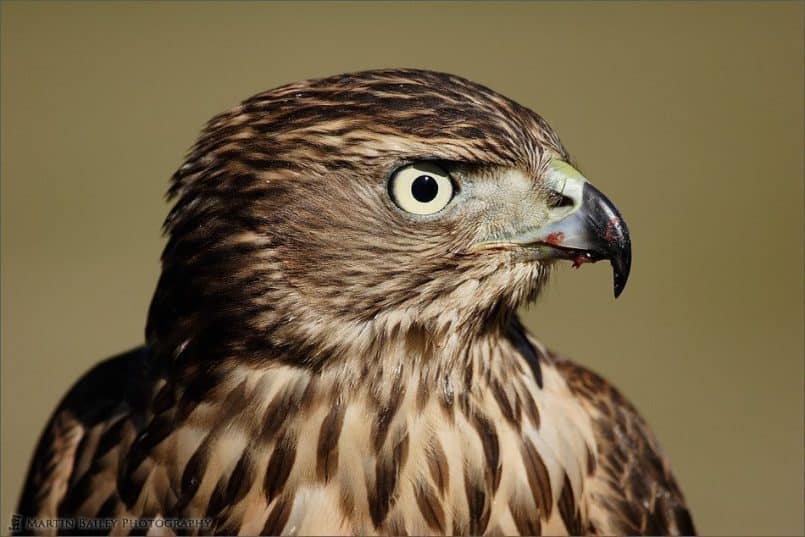
![The Pink Flamingo's Stare [C]](https://martinbaileyphotography.com/wp-content/uploads/2013/11/Flamingo_7021-805x537.jpg)




0 Comments